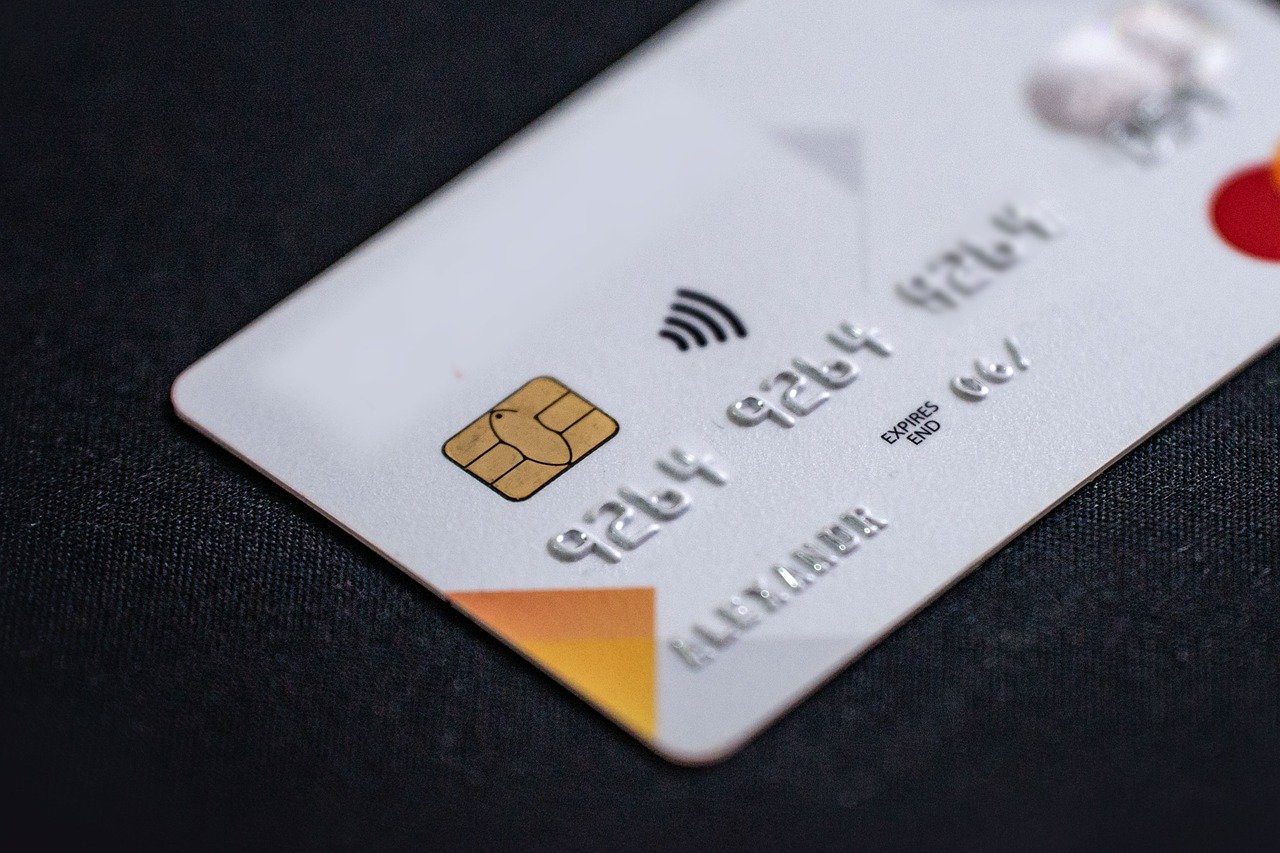In today’s digital age, the ability to seamlessly and securely accept online payments is no longer a luxury but a necessity for businesses of all sizes. Whether you’re running a small e-commerce store or a large enterprise, understanding the intricacies of online payment processing is crucial for boosting sales, enhancing customer satisfaction, and staying competitive. This comprehensive guide will delve into the world of online payments, covering everything from the different types of payment methods to security best practices and tips for choosing the right payment gateway.
Understanding Online Payment Methods
Online payments have evolved significantly over the years, offering customers a wide array of options to choose from. Providing a variety of payment methods can dramatically improve your conversion rates.
Credit and Debit Cards
Credit and debit cards remain the most popular online payment method globally.
- How it Works: Customers enter their card details (card number, expiry date, CVV) on the payment page. The payment gateway then securely transmits this information to the acquiring bank, which verifies the details with the issuing bank. If approved, the transaction is completed.
- Example: A customer buying a t-shirt on an e-commerce site uses their Visa card at checkout. They enter their card details, and the payment is processed through a gateway like Stripe or PayPal.
- Key Considerations: Ensure your payment gateway is PCI DSS compliant to protect sensitive cardholder data. Card networks like Visa, Mastercard, American Express, and Discover each have their own regulations.
Digital Wallets
Digital wallets like PayPal, Apple Pay, Google Pay, and Samsung Pay are gaining immense popularity due to their convenience and enhanced security.
- How it Works: Digital wallets store users’ payment information securely. Customers can make payments with a single click or tap without entering their card details each time.
- Example: A customer shopping on their mobile phone uses Apple Pay at checkout. They simply authenticate the payment with their fingerprint or face ID.
- Benefits:
Faster checkout process.
Enhanced security through tokenization (replacing sensitive data with non-sensitive equivalents).
Increased customer trust.
Bank Transfers (ACH)
Bank transfers, also known as Automated Clearing House (ACH) transfers in the US, allow customers to pay directly from their bank accounts.
- How it Works: Customers provide their bank account details (routing number and account number). The payment gateway then initiates a transfer from the customer’s bank account to your business account.
- Example: A customer setting up a recurring subscription for a streaming service uses ACH to pay directly from their checking account each month.
- Considerations:
ACH transfers can take a few business days to clear.
Verification processes are important to prevent fraud.
ACH is often preferred for larger transactions or recurring payments.
Cryptocurrency
Accepting cryptocurrency like Bitcoin or Ethereum can attract a niche market and offer a potentially lower transaction fee.
- How it Works: Customers send cryptocurrency from their digital wallet to your business’s crypto wallet.
- Example: An online retailer specializing in tech gadgets accepts Bitcoin. Customers paying with Bitcoin scan the retailer’s QR code and send the required amount.
- Considerations:
Volatility in cryptocurrency values needs careful management.
Requires understanding of blockchain technology and crypto wallets.
Regulatory compliance is crucial.
Choosing the Right Payment Gateway
A payment gateway is the technology that connects your website or app to the payment processor, enabling you to accept online payments. Choosing the right gateway is crucial for a smooth and secure transaction process.
Key Features to Consider
- Security: Look for PCI DSS compliance and fraud prevention tools.
- Supported Payment Methods: Ensure the gateway supports the payment methods your customers prefer.
- Integration: The gateway should seamlessly integrate with your e-commerce platform or website.
- Pricing: Compare transaction fees, monthly fees, and setup fees.
- Customer Support: Opt for a gateway with reliable and responsive customer support.
- Reporting: The gateway should offer detailed reporting on transactions and sales.
Popular Payment Gateways
- Stripe: Known for its developer-friendly API and flexible payment solutions. Offers a wide range of integrations and robust features.
- PayPal: A widely recognized and trusted payment platform with a large user base. Integrates easily with many e-commerce platforms.
- Square: Offers a complete ecosystem for online and offline payments, including point-of-sale systems.
- Authorize.Net: A long-standing payment gateway with a strong reputation for security and reliability.
- Braintree: A PayPal service that offers customizable payment solutions for businesses of all sizes.
Example: Integrating Stripe into Your E-commerce Website
Security Best Practices for Online Payments
Security is paramount when it comes to online payments. Protecting customer data and preventing fraud is essential for maintaining trust and avoiding costly breaches.
PCI DSS Compliance
PCI DSS (Payment Card Industry Data Security Standard) is a set of security standards designed to protect cardholder data.
- Requirements:
Install and maintain a firewall configuration to protect cardholder data.
Protect stored cardholder data.
Encrypt transmission of cardholder data across open, public networks.
Maintain a vulnerability management program.
Implement strong access control measures.
Regularly monitor and test networks.
Maintain an information security policy.
Fraud Prevention Tools
Implementing fraud prevention tools can help you identify and prevent fraudulent transactions.
- Address Verification System (AVS): Compares the billing address provided by the customer with the address on file with the card issuer.
- Card Verification Value (CVV): Requires customers to enter the three- or four-digit CVV code on the back of their card.
- 3D Secure: Adds an extra layer of security by requiring customers to authenticate their transaction with their card issuer (e.g., Verified by Visa, Mastercard SecureCode).
- IP Address Tracking: Identifies suspicious IP addresses and blocks fraudulent transactions.
- Velocity Checks: Limits the number of transactions that can be processed from a single card or IP address within a specific time period.
- Machine Learning: Employ machine learning algorithms to detect patterns of fraudulent behavior.
Tokenization
Tokenization replaces sensitive cardholder data with a non-sensitive equivalent (a token). This token can be used to process payments without exposing the actual card details.
- Benefits:
Reduces the risk of data breaches.
Simplifies PCI DSS compliance.
* Allows you to securely store payment information for recurring billing.
Encryption
Encrypting sensitive data during transmission and storage is crucial for protecting it from unauthorized access.
- SSL/TLS: Use SSL/TLS certificates to encrypt communication between your website and the payment gateway.
- End-to-End Encryption: Consider end-to-end encryption for sensitive data stored on your servers.
Optimizing the Online Payment Experience
A seamless and user-friendly payment experience can significantly impact your conversion rates and customer satisfaction.
Mobile Optimization
Ensure your payment page is optimized for mobile devices.
- Responsive Design: Use a responsive design that adapts to different screen sizes.
- Simplified Forms: Minimize the number of fields required and use auto-fill features.
- Touch-Friendly Interface: Design buttons and input fields that are easy to tap on mobile devices.
Clear and Concise Messaging
Provide clear and concise messaging throughout the payment process.
- Error Messages: Display clear and helpful error messages if there are any issues with the payment.
- Confirmation Messages: Provide confirmation messages to assure customers that their payment has been processed successfully.
- Terms and Conditions: Clearly display your terms and conditions and refund policy.
Multiple Payment Options
Offer a variety of payment options to cater to different customer preferences.
- Credit/Debit Cards: Support major credit and debit card networks.
- Digital Wallets: Integrate with popular digital wallets like PayPal, Apple Pay, and Google Pay.
- Bank Transfers: Offer bank transfer options for customers who prefer to pay directly from their bank account.
Streamlined Checkout Process
Simplify the checkout process to reduce friction and increase conversions.
- Guest Checkout: Allow customers to checkout without creating an account.
- One-Page Checkout: Consolidate the checkout process into a single page.
- Progress Indicator: Show customers their progress through the checkout process.
Security Indicators
Display security indicators to reassure customers that their payment information is safe.
- SSL Certificate: Display the SSL certificate icon in the address bar.
- Trust Seals: Display trust seals from reputable security companies.
Conclusion
Online payments are a critical component of any successful online business. By understanding the different payment methods, choosing the right payment gateway, implementing security best practices, and optimizing the payment experience, you can create a seamless and secure payment process that enhances customer satisfaction and drives sales growth. Keeping up with evolving technologies and customer preferences is key to maintaining a competitive edge in the ever-changing world of online payments.



